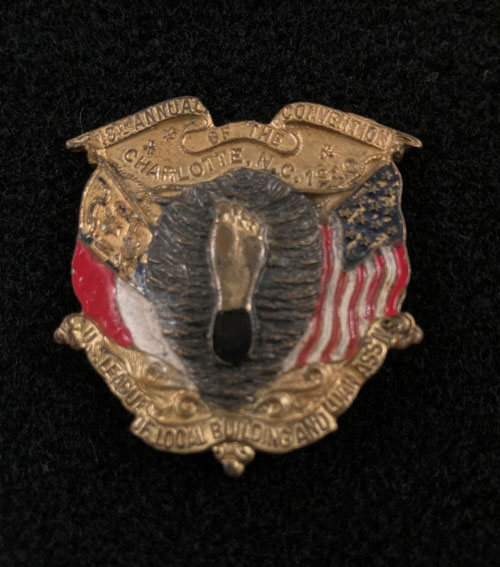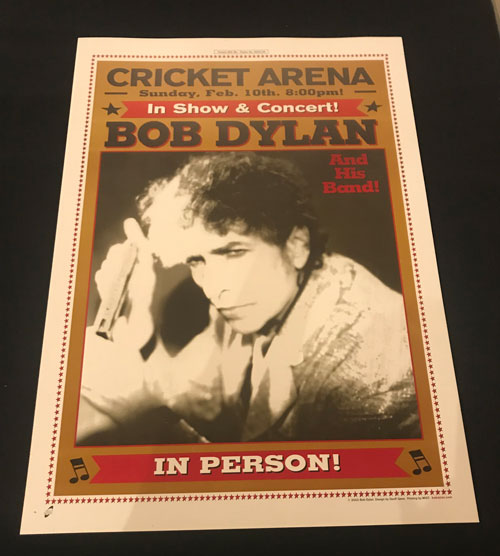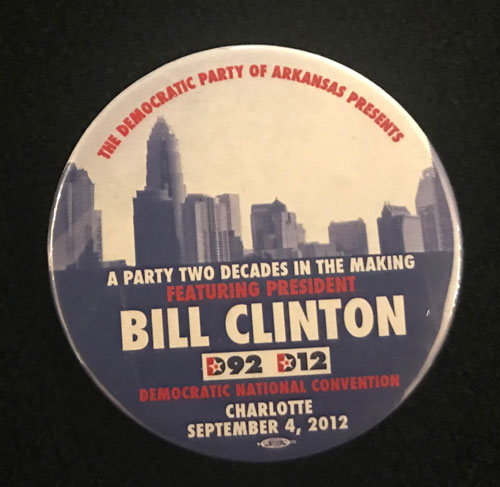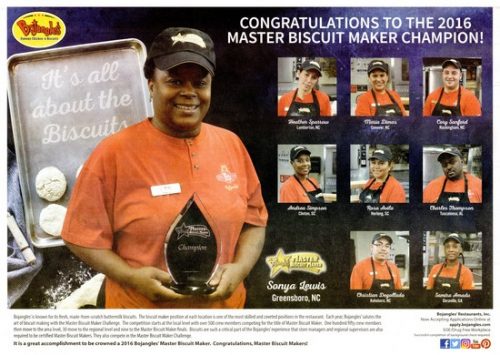“It was a wonder to me…. how popular these associations were in your city. Of course we naturally feel that there cannot be any town equal to Philadelphia in building association matters, but I am afraid that if we were to make a careful comparison, to use classical language, ‘you would have us beaten to a frazzle.’ “
— From a letter from George W. Clippe, delegate to the convention of the U.S. League of Local Building and Loan Associations, published in the Charlotte Observer
North Carolina, especially the Piedmont, was indeed a hotbed of building and loans in 1910.
An image not often seen: North Carolina’s tar heel overlaid on Mecklenburg’s hornets nest.








